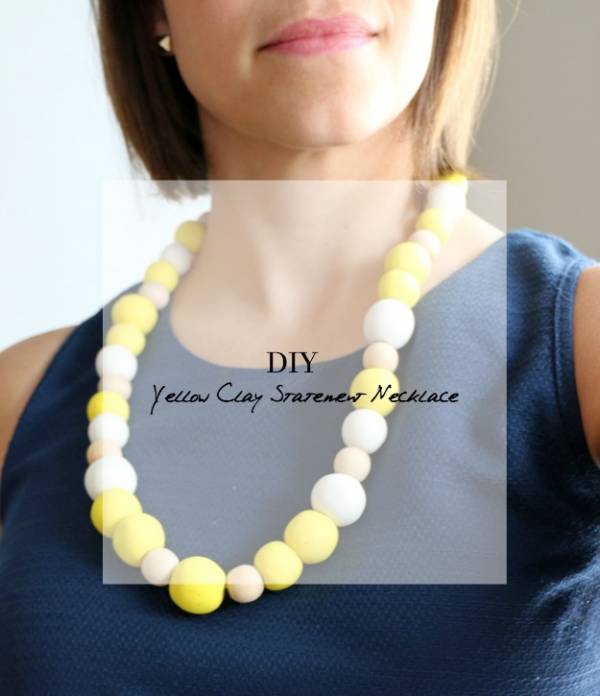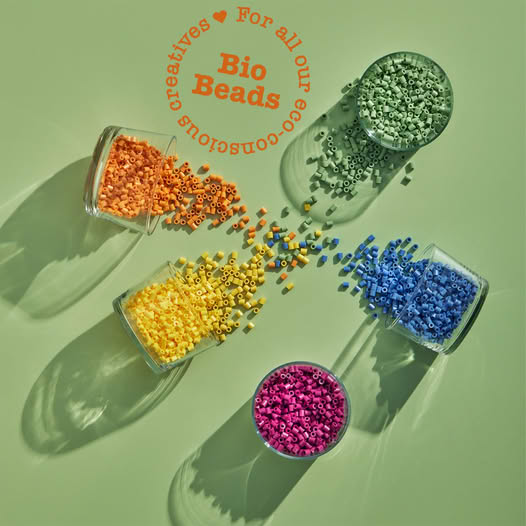
This fun and chunky clay necklace is a grown up version of those cute bubblegum necklaces the little girls were sporting this last Summer. Why not make your own statement necklace with this great tutorial from the blog Happiness is Creating? It takes only a handful of supplies and a little bit of time and you can make your own version of this in just about any color scheme you can dream up.
See the tutorial here: DIY Yellow Clay Statement Necklace
